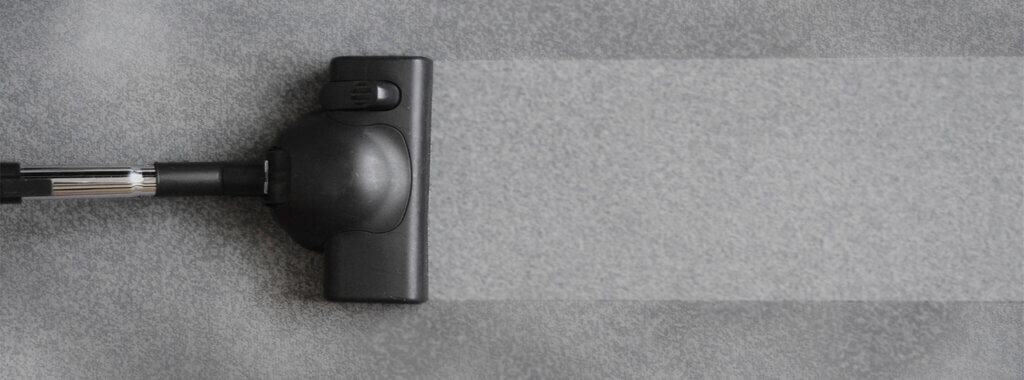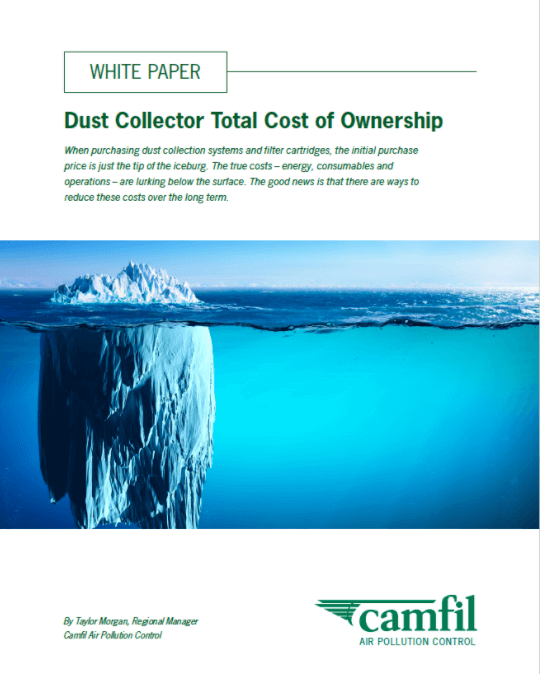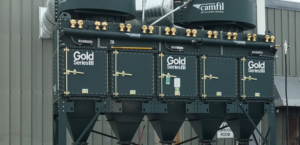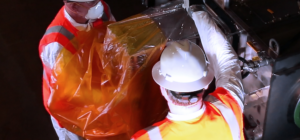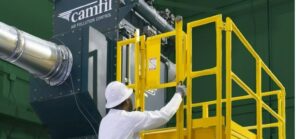Most plant managers and engineers know that maintaining a clean and safe facility is essential to protecting employees from harm and maintaining OSHA compliance. Industrial dust collectors and industrial vacuum cleaners are both used to remove dust and debris generated by production processes. However, the systems are not interchangeable. It’s important to consider the specific distinctions between the two types of systems to determine the best for your application.
What is a Dust Collector?
An industrial dust collector gathers nuisance and hazardous dust particles from the air before they can settle on surfaces. In manufacturing, “dust” comes in many forms and is generated by several processes from metalworking to plastics manufacturing. The welding industry refers to these airborne dust particles as “fumes,” but all dry particles are actually “dust.” Many facilities use dust collectors to protect their workers from contact with process dust and maintain compliance with major regulatory bodies. While others use it for quality control processes, ensuring the purity of their main product and cleanliness of their facility.
Dust collectors come in many sizes, styles and shapes, depending on the application and required airflow. There are units ranging from large facility-wide units that maintain the air quality across large areas to smaller, portable precision units that collect dust at the source. Deciding which type of dust collection system is right for your facility will depend on many factors including facility size, dust type and specific operations.
What is an Industrial Vacuum Cleaner?
An industrial vacuum, sometimes referred to as a shop-vac or shop vacuum, is a high-powered tool used to keep an industrial facility clean and dust-free. These systems operate similarly to conventional vacuums used in homes, but with a far greater intake velocity and the ability to move air within tight mechanical tolerances.
Like dust collectors, industrial vacuums can be centrally located or come in the form of a more portable unit. Generally, vacuums are used to collect dust and debris once they have settled on surfaces like floors, walls and around machinery. Vacuums use an operator tool like a dusting brush to collect the dust, then it is suctioned through a small-diameter hose to the air/material receiver separator.
So What’s the Difference?
While both dust collectors and industrial vacuums operate on similar principles, their function is inherently different. The biggest difference is that vacuum cleaners are designed to remove dust from surfaces, while dust collectors are designed to remove dust from the air. Because there is a much higher volume of air in a plant than surface area square footage, industrial dust collectors move a much higher volume of air and dust.
Air pressure is a key operating condition for both vacuums and dust collectors, but it differs widely between the two. Industrial vacuum cleaners use the principle of low volume, high pressure (LVHP). The narrow hose increases the pressure drop to around 25 mm of water column per 300 mm of hose, which reduces the amount of material that can be moved at any one time. In addition, the vacuum’s power requirement is dependent on the total system effect loss, meaning that the greater the hose distance, the harder the pump must work to maintain enough velocity to pick up debris. For this reason, most centralized vacuum systems are designed with multiple drops which reduce the hose distance.
Conversely, a dust collection system is a high volume, low pressure (HVLP) design. This means that dust collectors slowly take in large quantities of airborne dust particles from a large range of cross-sectional areas. Just as vacuums use a narrow hose and brush, dust collectors take in dust-laden air through capture hoods or baffles. These have a much wider diameter than the hose of a vacuum, so pressure remains much lower. This low pressure is what allows dust collectors to handle much higher volumes of air and dust than a vacuum cleaner.
Maintaining Compliance
Both industrial vacuum cleaners and industrial dust collectors can play a critical role in maintaining compliance with regulatory bodies like OSHA and NFPA. However, you need to be sure that you are using the right tool for the job to ensure you’re fully compliant.
OSHA has established permissible exposure limits (PELs) to control occupational contact with hazards such as dust, fumes and chemicals. Workplace exposure is measured in a time-weighted average (TWA), meaning the average exposure to contaminants during an eight-hour workday or 40-hour workweek. An eight-hour TWA PEL is the maximum level of exposure a worker can have without potentially suffering adverse health effects. A PEL is expressed as a TWA in micrograms per cubic meter of air (μg/m3) or milligrams per cubic meter of air (mg/m3). Toxic dusts like hexavalent chromium or silica have very low PELs, and are found in a variety of processes such as metalworking and mining. When a facility produces or handles toxic dusts, an industrial dust collector is often necessary to keep PELs below the required limit.
For standards like NFPA 652, dust collectors and industrial vacuums can work together to maintain compliance. NFPA 652 requires that facilities dealing with combustible dusts must perform a dust hazard analysis (DHA). The DHA includes the results of dust tests and spells out how the facility will handle and mitigate the combustible dusts to comply with standards. Often, dust collectors will be used to capture dust at its source, and vacuum cleaners will be used to remove any remaining dust that settles on floors and other surfaces.
Even if the facility is not dealing with toxic or combustible dust, other variables like dust type and facility size help determine the most cost-efficient tool for the job. To learn more about the dust collector options available for your facility, contact an expert at Camfil APC.
